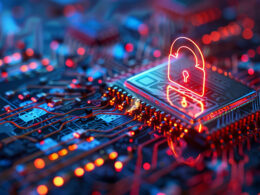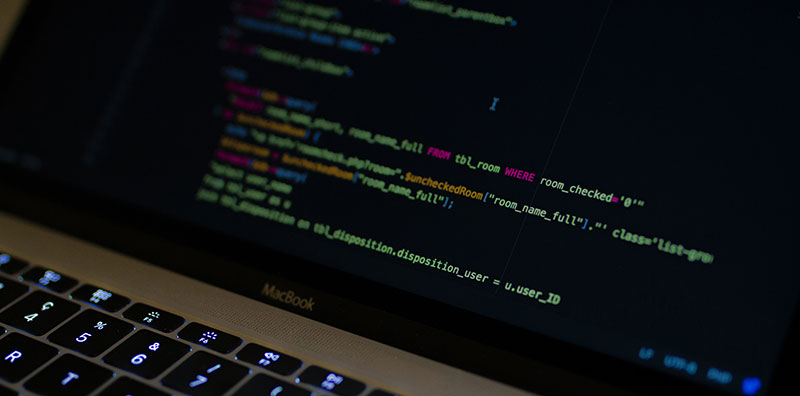The Role of Biometric Authentication in Modern Fraud Detection

With the increase in online transactions and modern technologies, the total number of reported digital frauds has rapidly risen.
With the latest technologies aiming to reduce fraud and enhance irregular activities, it is critical to understand the role of biometric authentication in modern fraud detection.
One of the notable development in this field is the face recognition solution, an advanced technology that enhances security measures across different industries.
This post will guide you through different biometric technologies that enhance the security of online transactions.
What is Biometric Authentication?
Biometric authentication is an excellent tool for verifying an individual’s identity using unique biological characteristics such as fingerprints, facial recognition, iris scans, or voice patterns. In the current era, where digital payments and transactions are at the forefront of economic activities, planners and developers must ensure these transactions are secure.
In modern security systems, biometric authorization helps provide a higher degree of accuracy and protection against unauthorized access. Apart from BFSI, this technology can be used in different sectors to enhance the quality of authorization and security levels. To learn more about how fintech users benefit from advanced security measures, here is our blog explaining multi-layered security approaches in the fintech sector.
Let’s discuss each type of biometric authentication.
Types of Biometric Authentications
Here are the common types of biometric authentication used in different sectors:
- Fingerprint Recognition: A common biometric authentication technology that relies on scanning a person’s fingerprint patterns. The technology integrates device fingerprinting to improve the accuracy and security of the identification process.
- Facial Recognition: It is based on using more advanced algorithms where facial features are used to verify identity.
- Iris Recognition: A highly accurate and reliable biometric authentication method that analyses unique patterns in the coloured ring of the eye.
- Voice Recognition: In the case of remote authentication, identification is carried out through vocal pattern analysis.
- Retina Scanning: This biometric authentication method takes account of the unique pattern of blood vessels in the retina.
How Biometrics Helps in Fraud Detection
The fraud detection process is based on a robust and reliable methodology of identity verification. Here is a stepwise elaboration of how it works:
- Enrolling the information: Depending on the biometric method used, the data (such as fingerprints, facial scans, etc.) is captured and stored in a secure database.
- Verification: During the authentication process, the biometric data is scanned and compared with the stored information for verification.
- Matching: Advanced algorithms analyze the data for matches, ensuring accurate identification.
- Authentication: If the scanned information matches the stored data, a user is provided access; otherwise, it is denied.
- Continuous Monitoring: A few advanced systems offer ongoing biometric checks to ensure the user’s identity throughout the session.
Let’s check out the benefits of biometric authentication for fraud detection.
6 Benefits of Biometric Authentication for Fraud Detection
Here are the six most critical benefits of biometric authentication for fraud detection:
Strengthens Security and Reduces Fraud
Since the authentication is based on biometric trends which are difficult to copy and replicate, this form of security is significantly better than the traditional PIN or password-based authentication.
Enhances User Experience and Convenience
The need to remember complex passwords is reduced as the user has to verify through physical attributes. This also makes the entire process quicker and more reliable.
Reduces Risk of Identity Theft and Account Takeover
When authentication is based on an individual’s unique physical attributes, the chances of identity theft and account takeover can be reduced considerably.
Integrates with Multi-Factor Authentication (MFA)
Biometric authentication can easily be combined with other authentication methods, such as passwords or tokens, to create a robust multi-factor authentication system.
Offers Cost-Effectiveness in the Long Run
In the long run, this method is quite cost-effective as it reduces potential losses due to fraud and saves a lot of user time otherwise spent on password-related activities.
Automates Identity Verification
Biometric authentication streamlines the process of identity verification by using unique biological traits like fingerprints or facial patterns. This process eliminates the need for manual checks and verification.
3 Major Challenges of Biometric Authentication and Its Solutions
Even though biometric authentication is quite effective and has the potential to solve a lot of standing issues, there are three major challenges which should be addressed. Here are these:
Lacks Privacy Protection: Since it is highly sensitive and in case it is compromised, it cannot be changed like passwords. This is a major privacy concern.
A potential solution for this is to introduce robust encryption systems and secure storage solutions to protect sensitive data.
Involves High Implementation Costs: Biometric systems require specialized hardware like scanners for fingerprints or iris recognition and software for data processing which leads to high upfront costs.
The potential solution to this can be phase-wise implementation and exploring cost-sharing models.
Potential for False Rejection and Acceptance: These systems can (in a few extreme cases) falsely reject legitimate users or accept unauthorized individuals, affecting reliability.
The potential solution to this can be the introduction of advanced algorithms and continuous system updates. In addition, a multifactor authentication system can also be introduced.
Use Biometric Authentication for Better Fraud Detection
In the age where digital transactions and payments are a norm, the authentication process must be top-notch. Biometrics can be critical in the fight against digital fraud, such as identity theft. There are a few concerns, such as high implementation costs and privacy concerns. However, the benefits are far too many, and these concerns can be addressed with the latest technologies.
- How Are Desktop App, Web App, and Mobile App Similar and Different? - June 14, 2024
- Mastering JavaScript Logical Operators for Effective Logic - June 14, 2024
- Innovative Apps Like Google Lens To Try - June 13, 2024








